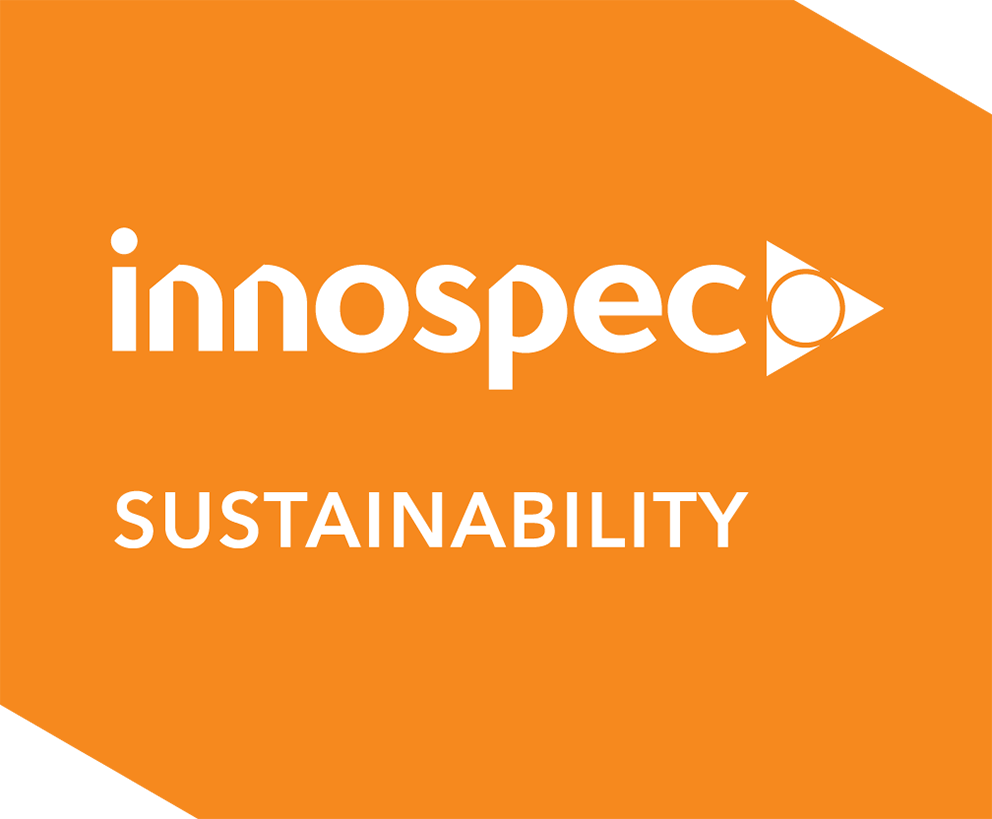Innospec is a proud and long-standing member of ERASM (Environmental and Health Risk Assessment Management of Surfactants) which conducts novel scientific-led research on surfactants and their impact on the environment and human health. Jay Dawick and Lauren Kavanagh from the Innospec toxicology and risk assessment team recently participated in an ERASM task force that has published of a comprehensive review on the regulatory acceptance of read-across strategies for surfactants under the REACH regulation. The study, titled “Learning from experience: A retrospective analysis of read-across strategies for surfactants under REACH”, was published in the Regulatory Toxicology and Pharmacology journal.
Read-across is a widely used approach to address information requirements under REACH, aiming to minimise animal testing by predicting properties of chemicals based on data from similar substances. However, surfactants, due to their complex and variable compositions, pose unique challenges for successful regulatory acceptance of read-across justifications.
The ERASM project team systematically reviewed 72 ECHA Final Decisions on Compliance Checks and Testing Proposal Evaluations, covering 24 major surfactant groups. The analysis focused on identifying the key factors that led to acceptance or rejection of read-across proposals by ECHA, with the goal of improving future submissions and supporting the development of robust, animal-free safety assessments.
Key Findings
Complexity of Surfactants: The UVCB (Unknown or Variable composition, Complex reaction products or Biological materials) nature of many surfactants adds significant complexity to read-across, requiring detailed analytical characterisation and robust justification of structural similarity.
Main Drivers for Acceptance/Rejection: The presence or absence of comprehensive composition information, clear structural similarity, and the availability of bridging studies were the most influential factors in ECHA’s decisions.
Opportunities for Improvement: Many rejected proposals could be improved by providing more detailed analytical data, clearer category descriptions, and guideline-compliant documentation of (Q)SARs and physicochemical properties.
Role of Non-Animal New Approach Methodologies (NAMs): While non-animal NAMs offer promise for supporting read-across, the review found no examples of regulatory acceptance based solely on NAMs. The study encourages further development and publication of case studies to increase regulatory confidence in these approaches.
Need for Clearer Guidance and Communication: The review highlights the need for more transparent and detailed regulatory guidance, as well as improved communication between registrants and ECHA, to facilitate the acceptance of innovative, animal-free testing strategies.
This ERASM-led review provides valuable insights into the regulatory landscape for surfactant read-across under REACH. By identifying both challenges and opportunities, the study aims to support industry stakeholders in preparing more robust dossiers, ultimately reducing the need for animal testing and advancing the use of alternative methodologies.

